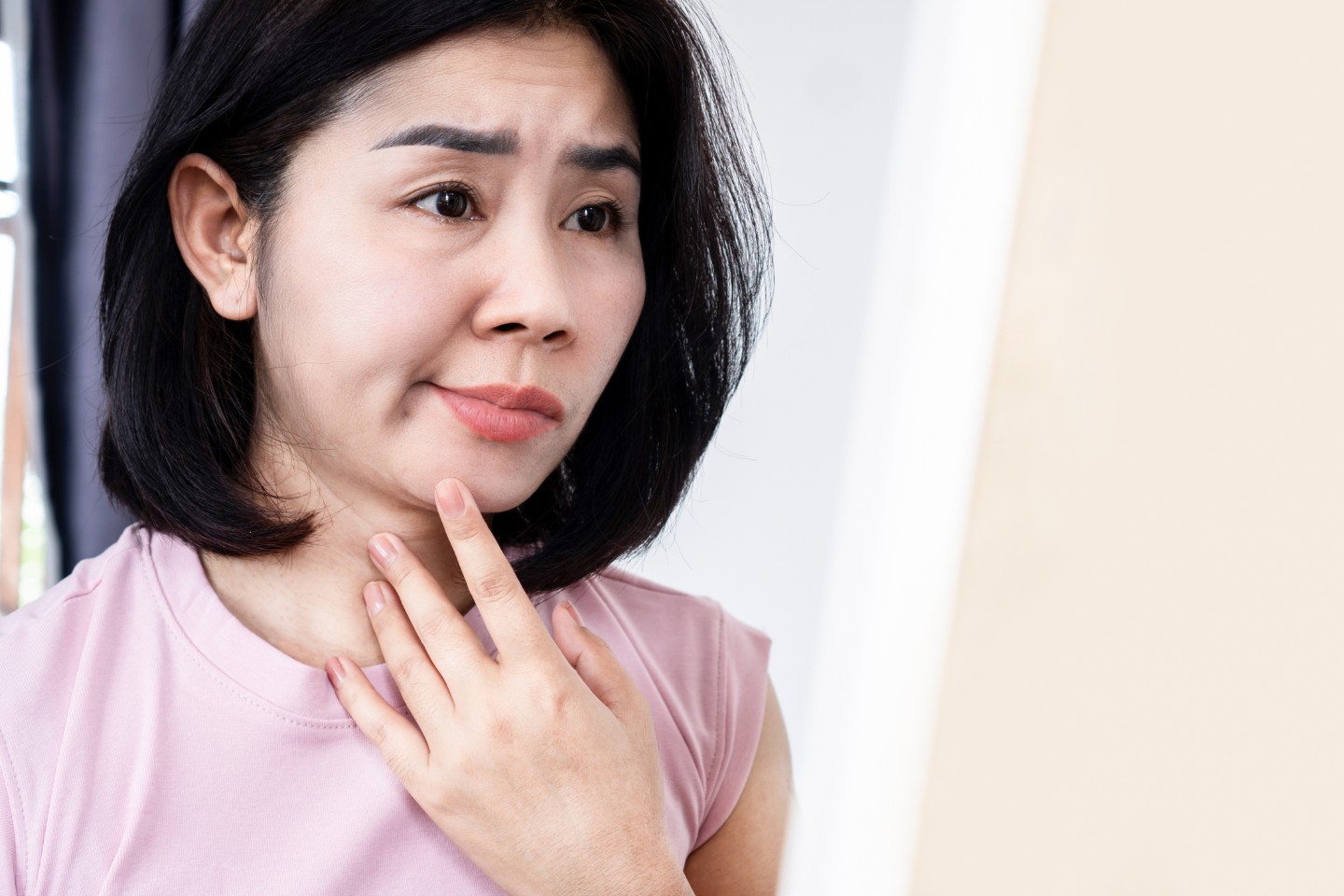World Meningitis Day: A Pediatrician's Urgent Message to Parents
SEP 25, 2025Meningitis is the inflammation of the membranes (meninges) that surround and protect the brain and spinal cord.
Read More
Have you ever noticed a sudden droop on one side of your face? Or struggled to smile or frown normally? These could be signs of facial nerve paralysis, also known as facial palsy. While it can be concerning, understanding the causes and treatment options can lead to a positive outcome.
Facial nerve paralysis occurs when the facial nerve, responsible for controlling the muscles of your face, is damaged or weakened. This can lead to weakness or complete paralysis on one or both sides of your face.
Several factors can cause facial nerve paralysis. The most common is Bell's palsy, a temporary form of paralysis often linked to a viral infection. Other potential causes include stroke, tumors, trauma, Lyme disease, Ramsay Hunt syndrome, Guillain-Barré syndrome, and even congenital conditions.
Symptoms can vary, but common signs include facial drooping, difficulty making facial expressions like smiling or frowning, dry eye or mouth, loss of taste, pain behind the ear (often with Bell's palsy and Ramsay Hunt syndrome), and increased sound sensitivity.
Treatment depends on the underlying cause and severity. For Bell's palsy, corticosteroids like prednisone can reduce inflammation and speed recovery, especially when started early. Antiviral medications may also be prescribed for viral infections.
Physical therapy can also play a vital role. Specialized exercises and massage help strengthen weakened muscles and improve facial function. A physical therapist can create a personalized plan for you.
In some cases, surgery might be necessary to repair damaged nerves or relieve pressure. Botox injections can sometimes improve symmetry by weakening stronger muscles on the unaffected side.
Remember, seeking medical attention promptly is crucial. Early diagnosis and treatment significantly improve the chances of a full recovery. If you’d like more information, reach out to us at CHI Health.

Meningitis is the inflammation of the membranes (meninges) that surround and protect the brain and spinal cord.
Read More
With the right knowledge and proactive management, children with asthma can lead full, active, and vibrant lives.
Read More
Celiac disease is an autoimmune disorder triggered by the consumption of gluten, a protein found in wheat, barley, and rye.
Read MoreWhen you need local health information from a trusted source, turn to the CHI Health Better You eNewsletter.